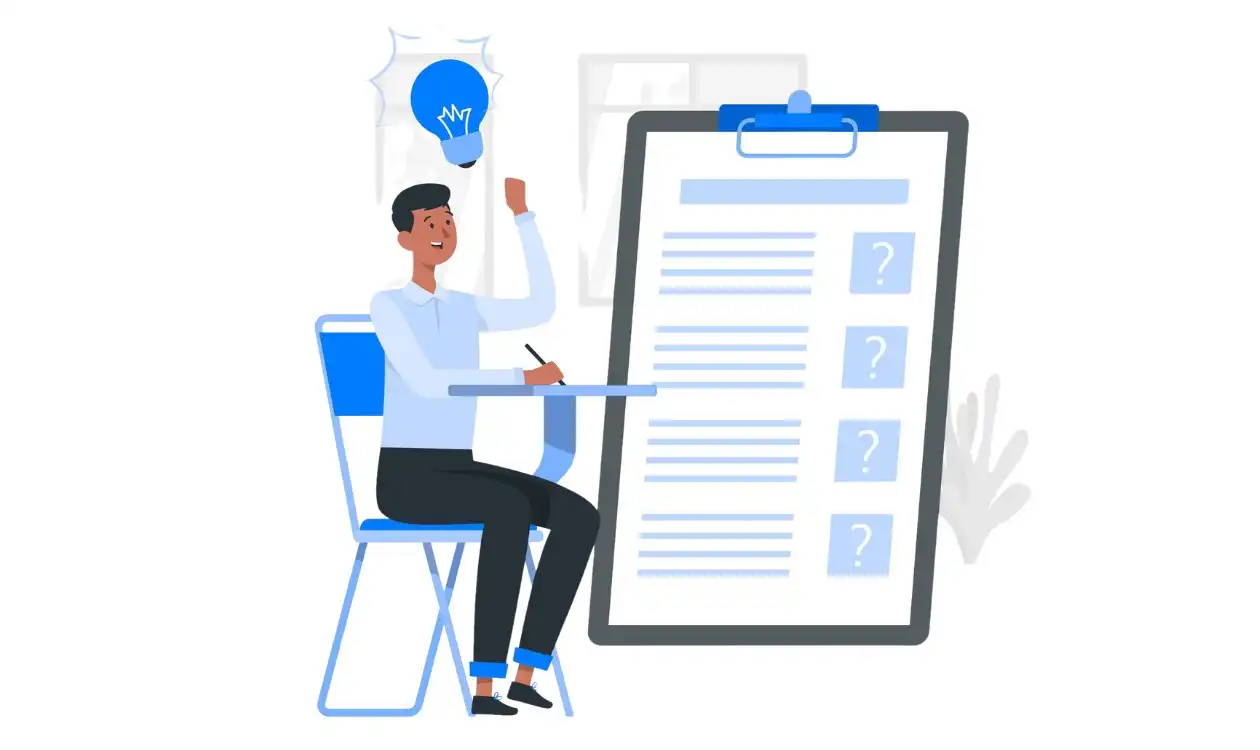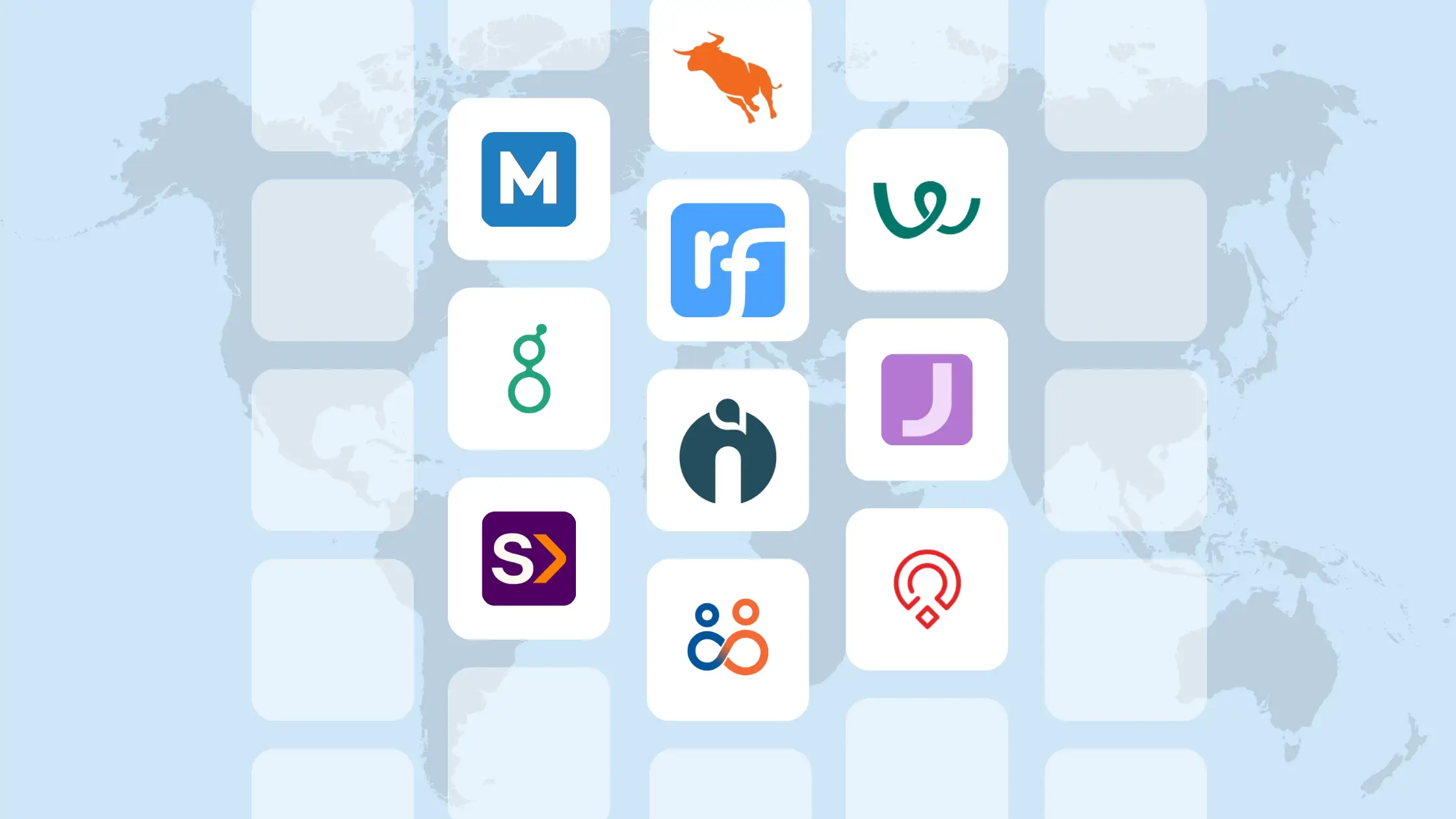All organisations aspire to make their workplace more diverse and to have high-performing teams. Therefore, the goal of every organisation should be to reduce hiring bias in recruiting since the bias happens when the lead recruiter favours a particular applicant over others, resulting in an irrational decision that may compromise the retention efforts of the company and its goal to diversify the workplace.
Letting go of the perfect individual for the job because of unconscious discrimination will reduce the company's chance to stay competitive and grow exponentially. Hence, it is crucial to reduce hiring bias which ensures that you are hiring the right people for the positions.
Why does it happen?
Bias comes into the picture when the recruiter has an unconscious or deeply embedded feeling against a certain race, appearance, gender, educational background, socio-economic factor, and other discriminatory factors. It is a human error influenced by a preconceived judgment, clouding objective evaluation. The hiring person may not be aware that this is happening, but finding someone that has similar interests or comes from the same university can trigger a favourable emotion.
On the other hand, conscious bias occurs when the recruiter has previous experience with the applicant, Which may adversely impact the process and overlook the other person's positive abilities. In addition, to stop any biases in your recruiting process, you can implement various ways and techniques that promote diversity, equity, and inclusion in the workplace. A survey by LinkedIn found that 83% of talent acquisition professionals believed that unconscious bias was a problem in the hiring process.
Best 6 Ways to Reduce Hiring Bias for Successful Recruiting
Considering unconscious biases as one of the prime factors that can negatively affect the productivity of skilful and potential employees. Below mentioned are the six ways that will help you reduce hiring bias in your recruiting.
1. Recruit to Retain
Avoid affinity bias and embrace a diverse environment that allows new talents to shine. Diversity is vital if you want the company to survive in the new normal. A diverse talent pipeline is one of the keys to adapting to the fast-paced competition. Recruiting leaders should focus on hiring applicants with the right, above-average skills to deliver the desired results.
By aligning the recruitment requirements and process with the company's culture, values, mission, and working style, there will be an increased retention rate of employees. It promotes better and longer work relationships because the recruits fit in with the organisation, where they can engage themselves in the jobs and perform well.
2. Standardize the Recruitment Process
Unconscious bias strikes without warning, so it is essential to mitigate it by having a set of prepared questions and avoiding diverging from them. On the other hand, unstructured interviews allow room for biases to creep in, making it hard for the recruiter to benchmark the applicants.
The best option is to combine the two methods by conducting structured interviews, including pre-planned questions and an unstructured discussion. It gives a better chance for the candidates to present themselves better and share their previous experiences. It is also crucial to have solid criteria for the required skills for the job, making the structured interview measurable and objective.
3. Form a Panel of Interviewers
A collaborative human-based approach will reduce the risk of bias. To ensure objectivity, select a group of people with different backgrounds, ethnicity, gender, age, and views. This way, recruiters can eliminate unconscious and personal biases that will promote a fair hiring process.
Let each of them ask questions and take down notes during the interview. When the interview gets completed, make them submit their evaluations or opt for an open discussion about the candidates. Study all their inputs before making a final decision.
4. Administer Pre-Employment Tests
Incorporating pre-employment tests into your recruitment method is another way to remove biases. They are highly predictive but offer valuable insights into the traits and capabilities of the applicants. The tests include personality assessments, skills tests, and cognitive ability tests.

The results of these scientifically validated assessments help many companies to find the best employees. The evaluation is very reliable and free from human intervention. They also allow the hiring team to see the most suitable candidates for the jobs while providing an equal ground for everyone to display their potential.
5. Use Recruitment Software
Another excellent way to reduce hiring bias is to digitalize recruitment software. It will help you assess objectively, refine, track down, monitor, and fine-tune the company's hiring process.
These digital tools have features that help streamline the applicants' data and use scorecards to evaluate them. It helps you cover different skills and attributes of every candidate, like communication skills, technical knowledge, decision-making ability, and more. Research by Capterra found that the most commonly used features of Talent Recruitment Software are job posting (90%), applicant tracking (89%), and resume management (87%).
Furthermore, if you are implementing collaborative recruitment, it will make the sharing of opinions and inputs more convenient. Each team member can leave remarks, notes, or scores that can shorten decision-making time and ensure objectives for fair selection.
6. Automate the Entire Hiring Process
If you want to eliminate the risk of human biases, opt for the total automation of the recruitment process. It means there will be no or little involvement of anyone, allowing an objective assessment of all interviewees. Recruitment automation software is primarily designed to check the competencies of people applying for specific roles. Automation guarantees minimal errors and reduces the burdensome process of pre-assessment, coordinating, interviewing, reviewing, and recording the results.
Look for the best job competency tool to cater to your needs and provide maximum recruitment solutions.
Job applicants are given tests with open-ended questions, which allow them to provide more information about their personality, skills, work attitudes, experiences, and more.
The insights from this type of questioning help the hiring leader decide who fits the company's culture and work values. At the end of the session, the recruiting head can access a factual and impartial assessment report for the final evaluation.
In a Nutshell
It is a fact that you only need the first 10 seconds to create a positive or negative impression on another person during the initial meeting. In the hiring process, that brief period can provoke an unconscious bias detrimental to the application results.
Unknown to the candidate, the recruiter is already halfway through his decision to hire or reject the application, despite their impressive credentials.
To avoid inaccurate judgment, unfair decisions, discrimination, and overlooking the best person for the job, you need to reduce hiring bias when finding skilful talent to hire. Eliminating any prejudice and using relevant metrics from any of the techniques mentioned above will assure you that every hired person will be an asset to the company.





.webp)





